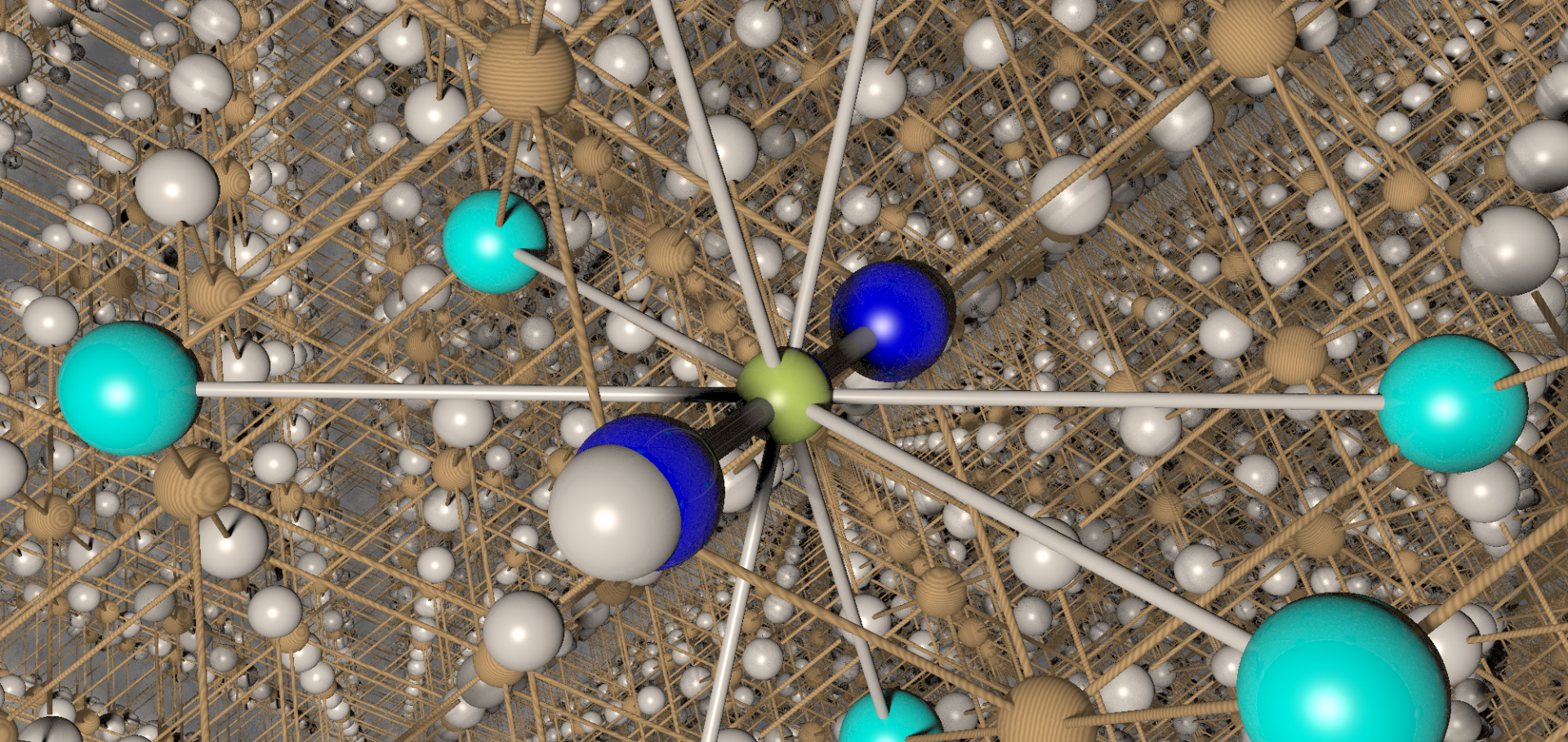Magnetism: A Very Short Introduction
Oxford University Press (OUP), 2012
Persistent dynamics in the S=1/2 quasi-one-dimensional chain compound Rb 4 Cu(MoO 4 ) 3 probed with muon-spin relaxation
Physical Review B - Condensed Matter and Materials Physics 85:18 (2012)
Abstract:
We report the results of muon-spin relaxation measurements on the low-dimensional antiferromagnet Rb 4Cu(MoO 4) 3. No long-range magnetic order is observed down to 50 mK implying a ratio T N/J<0.005 (where J is the principal exchange strength along the spin chains) and an effective ratio of interchain to intrachain exchange of |J ⊥/J|<2×10 -3, making the material an excellent realization of a one-dimensional quantum Heisenberg antiferromagnet. We probe the persistent spin excitations at low temperatures and find that ballistic spin transport dominates the excitations detected below 0.3 K. © 2012 American Physical Society.Magnetism in crown-ether-substituted nitronyl nitroxide derivatives and their metal complexes
Physica Status Solidi (C) Current Topics in Solid State Physics 9:5 (2012) 1205-1207
Abstract:
Rare-earth-metal (M = Nd, Gd and Dy) complexes of the organic monoradicals, 15-crown-5-phenyl nitronyl nitroxide 1 and 15-crown-5- or 18-crown-6-phenyl iminonitroxide 2, were synthesized. We present here magnetic properties of the metal-free radicals and the metal complexes of these organic monoradicals studied using SQUID megnetometry. Almost of all the rare-earth-metal complexes show two-sublattice behavior in a wide range of antiferromagnetic (AFM) intrasublattice and ferromagnetic (FM) intersublattice interactions, Γ and λ, with |CΓ | and |Cλ | ≅ 10 to 100 K (C is the Curie constant) over the temperature range between 1.8 and 300 K, while the metal-free radicals exhibit only weak AFM intermolecular interactions, less than the Weiss constant θ = -1 K. The magnitude of interactions observed in the metal complexes of each radical increase in order from Gd to Dy to Nd complexes. © 2012 WILEY-VCH Verlag GmbH & Co. KGaA, Weinheim.Properties of Perovskites and Other Oxides, by K. Alex Müller and Tom W. Kool
Contemporary Physics Taylor & Francis 53:3 (2012) 263-263
Monopoles, magnetricity, and the stray field from spin ice.
Phys Rev Lett 108:14 (2012) 147601


